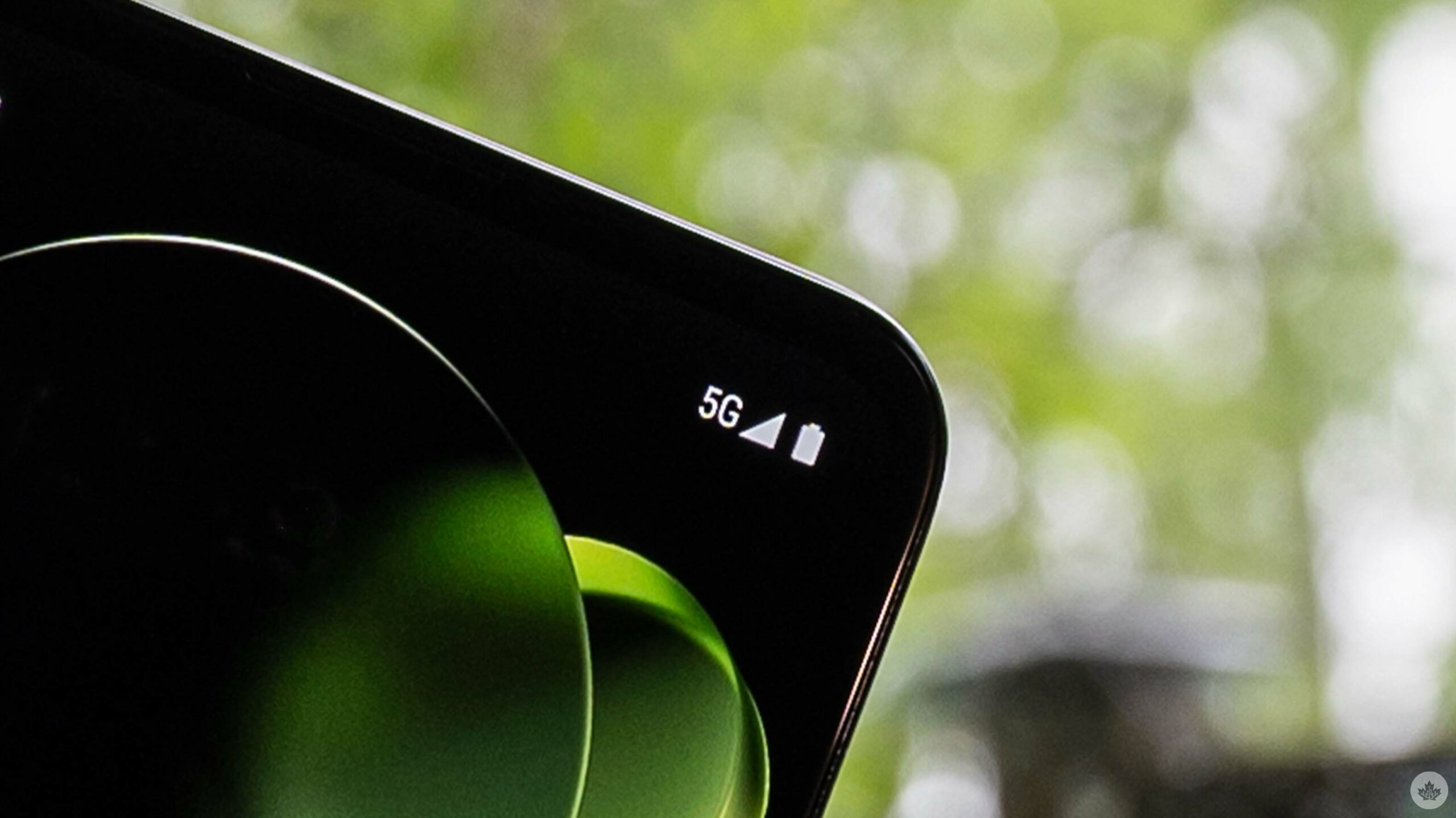
Everyone seems to be talking about 5G, but I still see a lot of confusion about the technology and what it actually means.
Things aren’t helped by the fact that nearly every carrier is pushing the next-gen connectivity standard, despite 5G not existing in any meaningful way in Canada.
For example, if you buy a new smartphone, chances are it’ll have ‘5G’ in the name, or at least support the technology. Even lower-cost, budget phones like the Pixel 4a 5G sport the tech. It’s basically everywhere in Canada and, impressively, nowhere at the same time.
“Sub-6 is shorthand for sub 6GHz, or spectrum below 6,000MHz.”
The short and simple explanation for 5G is that the term stands for “5th-generation mobile network,” and represents a variety of technologies that enable faster wireless networks, increased bandwidth, lower latency, and more.
Ultimately, that’s really all most people need to know. As more 5G networks come online, people will start to see new technologies leveraging the improved networks. Existing technologies and network applications will also get better (i.e. faster downloads, more stable video streaming, etc.). But, for those interested in the types of 5G that are out there, read on.
Making sense of Sub-6 and mmWave
5G can be split into three main groups: low-, mid- and high-band 5G.
Low-band 5G generally refers to radio wave spectrum below one gigahertz (GHz) or 1,000 megahertz (MHz). In Canada, the vast majority of 5G networks currently available use low-band 5G.
Unfortunately, 3G and 4G networks also use low-band spectrum, which means that for most people, there isn’t a significant difference between using 4G or 5G at the moment. Moreover, there just isn’t a lot of spectrum available in this range, whether you’re running on 5G, 4G or 3G.
That’s where mid-band, or Sub-6 5G, comes in. Sub-6 is shorthand for sub 6GHz, or spectrum below 6,000MHz. This is an important area to watch for Canadians, as Sub-6 will be some of the first meaningful 5G we’ll get. The government recently auctioned off 3,500MHz spectrum, and when carriers start to implement networks using it, we should begin to see some actual benefits.
“Most places, including Canada, have focused on Sub-6 5G, but the U.S. started with mmWave.”
Sub-6 5G is a great middle-ground since it offers higher speeds and performance than low-band spectrum, but doesn’t suffer from the same range limitations of high-band 5G, also called mmWave.
mmWave covers spectrum in the 25-39GHz range, which offers much higher speeds up to the gigabit level. Unfortunately, these radio waves can’t travel further than a few hundred metres. They also struggle to pass through objects like trees or walls.
Although more limited, mmWave can offer significant boosts to speed in scenarios where range isn’t a huge factor. For example, urban areas allow carriers to build dense mmWave networks.
Most places, including Canada, have focused on Sub-6 5G, but the U.S. started with mmWave. That’s why you often see insanely fast mobile speeds in U.S. cities, but 5G coverage overall can be extremely spotty. However, that will change over time.
There’s been a lot of talk about the possibilities 5G brings, potential applications of the technology, and much, much more. Although many of the prospects are exciting, we’re still years away from having the 5G saturation needed to support those ideas.
In other words, there’s reason to be hyped about 5G in Canada, but for now, keep your expectations tempered.
MobileSyrup may earn a commission from purchases made via our links, which helps fund the journalism we provide free on our website. These links do not influence our editorial content. Support us here.


